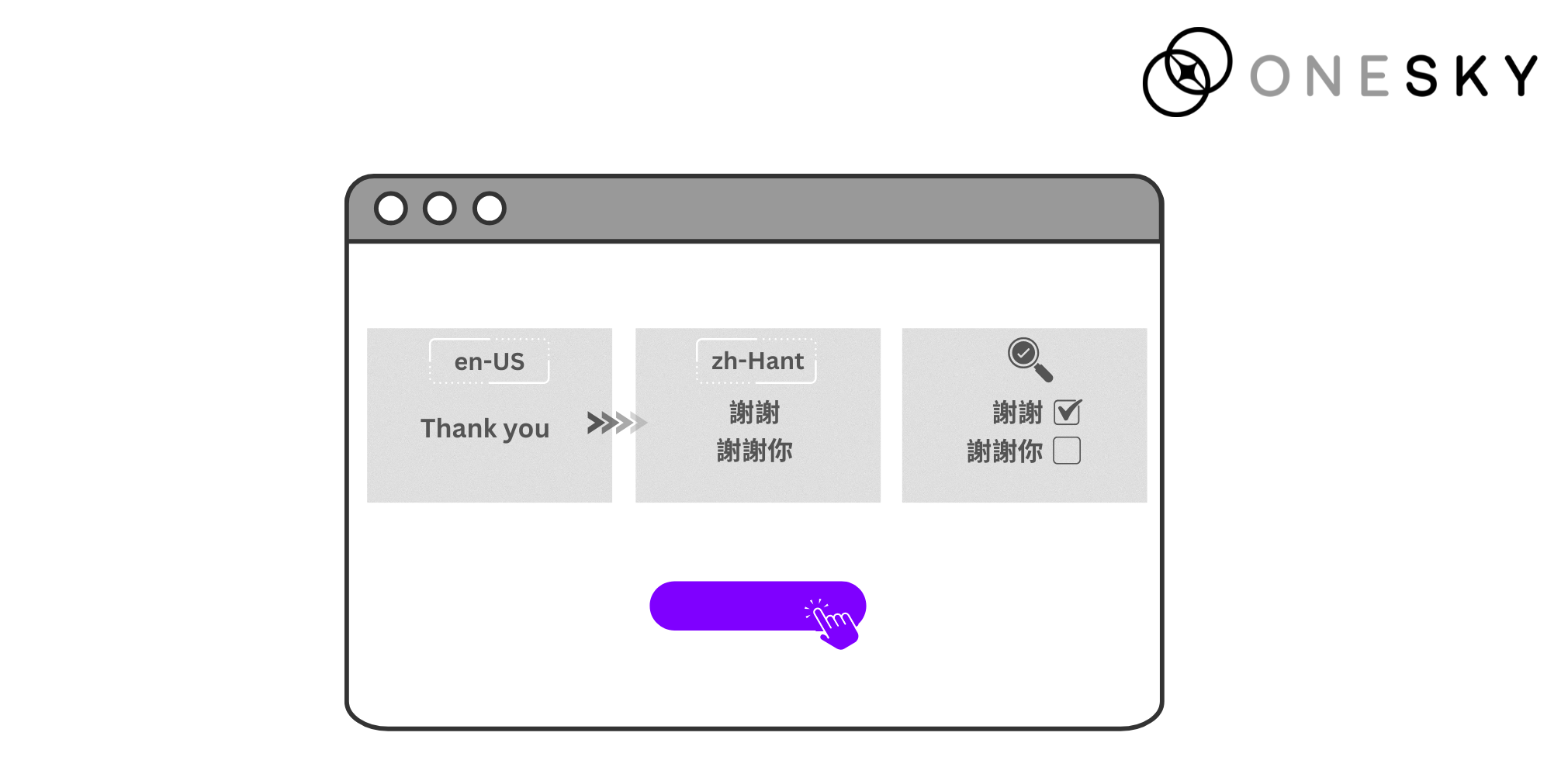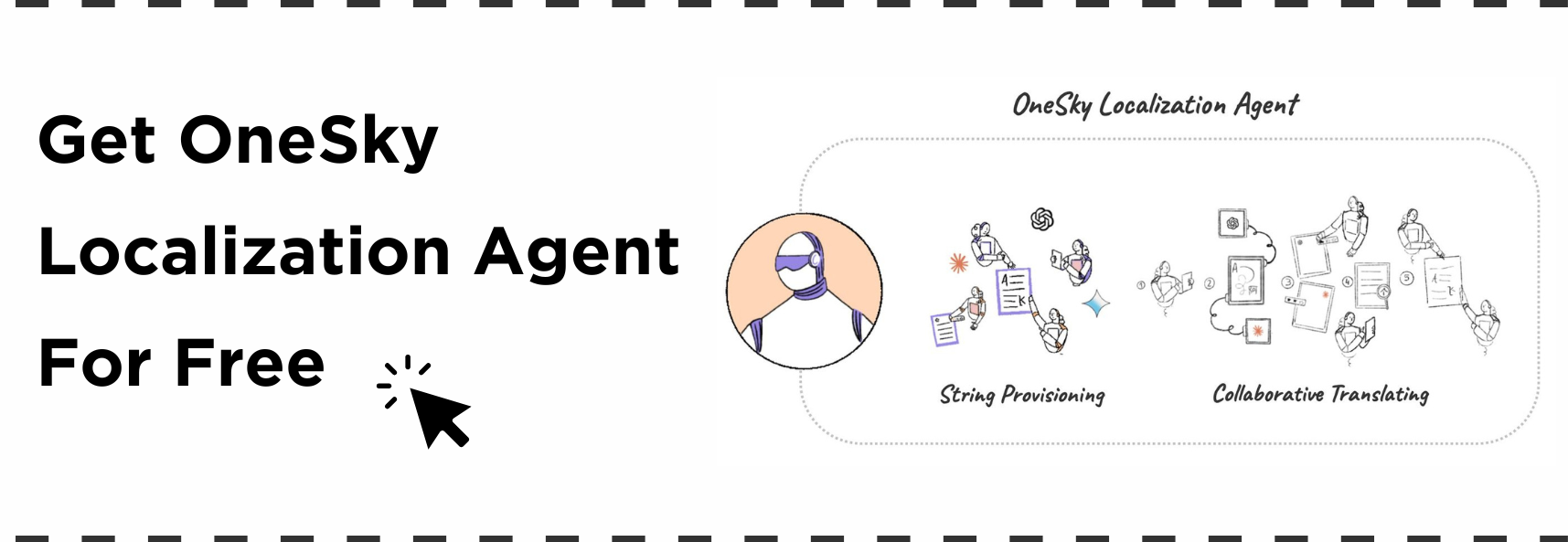Future of Translation Technology: 4 AI Trends Shaping Global Business
Remember when predicting the future was reserved for crystal-ball gazing psychics or wild-haired scientists? Well, grab your hoverboard, because in the world of translation technology, we’re closer to that reality than you may think. That’s because today’s trends offer us a glimpse into tomorrow’s realities. From machine learning advancements to neural network breakthroughs, the writing is on the wall—or rather, in the code. Join us as we explore the exciting developments shaping the future of translation technology, and learn how your company can stay ahead of the curve.
In this blog, we’ll delve into four key trends shaping the future of translation technology by 2030. But we won’t stop at mere predictions; we’ll connect these trends with actionable strategies you can implement to propel your business forward. By the end of this read, you’ll not only grasp the future of translation but also know how to leverage these developments to boost your company’s revenue and global reach. Let’s start forecasting!
Trend 1: Multi-LLM and Multi-Agent AI Systems Shaping the Future of Translation Technology
By 2030, the future of translation technology will be reshaped by the emergence of Multi-Large Language Models (Multi-LLMs) combined with Multi-Agent AI systems. This innovative approach uses multiple advanced language models – such as GPT-4, Google’s Gemini, or Anthropic’s Claude – working in unison to produce superior translations. Like human translators, each LLM has unique strengths from understanding colloquial expressions to decoding technical jargon. These LLMs function like a specialized team, mirroring the roles of expert human translators.
The team roles include:
- Translator Agents: Generate diverse initial translations using different LLMs
- Editor Agents: Analyze and select the most accurate translation
- Localization Agents: Adapt the content to regional dialects and cultural nuances
- Proofreader Agents: Ensure good grammar and consistent style
Why It Matters: The “multi-agent” approach delivers translations that are not only precise but culturally resonant. It’s like having a dream team of linguistic experts, each contributing their specialty to perfect your translation.
Stat to consider: Research interest in multi-agent systems has grown, with a 30% increase in published papers from 2020 to 2022. For an in-depth analysis on the multi-agent trend, refer to Stanford’s 2023 AI Index Report.
Trend 2: Real-time Multilingual Conversations
The future of translation technology toward AI-driven devices enabling real-time, accurate communication across multiple languages simultaneously. This isn’t just about translating speeches at conferences but facilitating instantaneous customer service interactions and business negotiations globally.
Why It Matters: Language barriers in customer service and sales could become a thing of the past, leading to smoother transactions and happier customers.
Market Projection: The AI in language translation market is estimated to reach $13.5 billion by 2033, growing at a CAGR of 22.3% from $1.8 billion in 2023. For more on this, click here.
Trend 3: Hybrid AI-Human Translation Models
While AI is making leaps, the human touch remains irreplaceable in certain areas. The future of translation technology lies in hybrid models where AI handles the heavy lifting, and human linguists fine-tune the nuances.
Why It Matters: This collaboration ensures translations are not only fast and cost-effective but also culturally and contextually accurate.
Industry Insight: 67% of translation professionals believe AI will augment human translators, not replace them, by 2030.
Trend 4: Automated Localization Systems
Companies will increasingly rely on fully autonomous localization processes powered by AI. These systems will adapt marketing materials, websites, and product descriptions for local markets automatically, considering language, cultural norms, and even local regulations.
Why It Matters: Automated localization ensures consistency and speed, allowing businesses to enter new markets more efficiently.
Global Trend: The global economy has changed how companies operate and communicate. While English remains the preferred language among U.S.-based organizations, it is not necessarily the native language of employees and attendees at international meetings and events. New research has found that 79% of planners said the number of non-first-language English-speaking attendees is increasing, and 53% reported that at least one-fourth of attendees aren’t first-language English speakers (Source: Skift Meetings Report).
Connecting the 4 Trends to Real Benefits
Understanding these 4 trends is crucial, but what do they mean for your business in practical terms? Let’s explore and highlight the benefits you can reap by embracing AI-powered translation and the future of translation technology.
- Efficiency Gains: AI-powered translation can reduce the time-to-market for global campaigns by up to 50%, allowing businesses to scale more quickly.
- Cost Reduction: Integrating AI can lower the costs associated with traditional human-based localization by up to 75%, making global outreach more financially feasible.
- Cultural Relevance: AI’s enhanced ability to identify and adapt to cultural nuances will help brands maintain relevance across diverse markets without sacrificing messaging quality.
- Market Access: Expanding AI-powered translations for key markets like the United States, China, Japan, and Germany can unlock up to 50% of the global sales potential
For more information on the benefits of these trends, click here.
Some Concerns & Other Points of View
Objection 1: What About Cultural Sensitivity?
Concern: AI lacks the human intuition necessary for handling cultural subtleties.
Response: While AI may not fully replicate human intuition, hybrid models ensure that human translators oversee the nuanced aspects. This collaboration maintains cultural sensitivity while benefiting from AI’s efficiency.
Objection 2: Will AI Replace Human Translators?
Concern: The rise of AI means job losses for human translators.
Response: Rather than replacing human translators, AI is a tool that augments their capabilities. Humans will focus on high-level content, emotional context, and complex localization needs, providing businesses with the best of both worlds.
Objection 3: AI’s Compute Power Demands Are Unprecedented
Concern: The rapid advance of AI requires immense computational resources, leading to challenges in infrastructure and cost.
Response: The rapid advance of AI has indeed led to an unprecedented demand for computational resources—an AI compute crunch. The computational requirements for training cutting-edge AI models have skyrocketed, requiring 1,000 times more compute power than just four years ago. This surge has also led to a 100-fold increase in the cost of training these models. However, companies like NVIDIA, which has achieved a market cap exceeding $3.1 trillion, are innovating rapidly to meet this demand (Source: The Quantum Insider). Investing in scalable cloud solutions and partnering with AI providers can mitigate these concerns.
How Can Your Business Take Advantage Right Now?
1. Implement AI-Translation Tools Now
Don’t wait until 2030 to embrace AI translation and the future of translation technology. Start integrating AI-powered platforms to improve the speed and accuracy of your global communications today.
2. Adopt a Hybrid Translation Approach
Leverage both AI and human translators, especially for critical content. This ensures you maintain quality and cultural relevance without compromising on efficiency.
3. Prepare for Real-time Localization
Equip your customer service and global communication teams with tools and training for real-time localization. Early adoption of the future of translation technology will give you a competitive edge.
4. Plan for Scaling Computational Needs
Assess your current infrastructure and plan upgrades to handle increased computational demands. Cloud-based solutions can offer scalability without significant upfront costs.
Embrace the Hybrid Future Right Now
The future of AI-powered translation is not a distant dream—it’s unfolding right now. With the global economy reshaping how companies communicate, and with a significant increase in non-native English speakers participating in global events, the need for advanced translation solutions has never been greater. By understanding these 4 trends and taking proactive steps, your business can transcend language barriers, resonate with global audiences, and unlock unprecedented growth. The question isn’t whether to adapt but how quickly you can integrate these advancements to outpace the competition.
Unlock Global Growth with OneSky’s AI Multi-Agent Translation Solutions
Don’t get left behind as the world moves forward. At OneSky, we specialize in AI-powered translation solutions that bridge the gap between technology and human touch. Click below to discover how OneSky’s powerful translation solutions can help you capitalize on these trends and unlock unprecedented growth.




 Written by -
Written by - 




 Written by
Written by 


